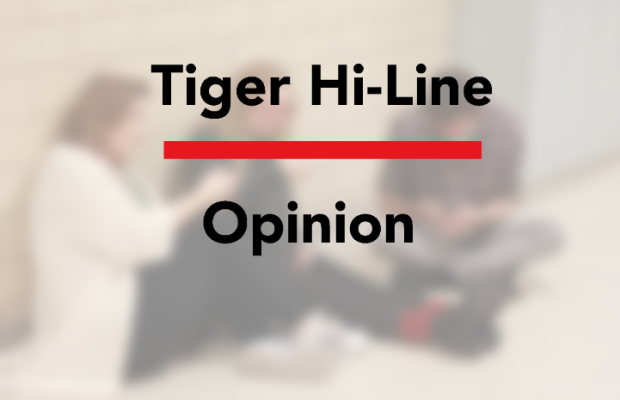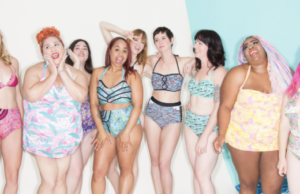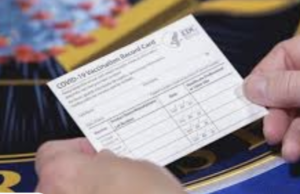Put a pause on the straws

Over 500 million straws are used daily in America alone.
In a lifetime, it is estimated that the average human will use over 35,000 straws, and this is a low estimate.
If every American used two plastic straws a day for 70 years, that is over 51,100 plastic straws in a lifetime.
Not only are these small tubes of plastic unnecessary for beverage consumption, but they are also the sixth most common type of litter. Since plastic straws are too small to recycle and usually made of other materials, they end up in garbage cans, landfills and most importantly the ocean.
It is estimated that 8 million tons of plastic are dumped into the ocean annually. An estimated 71 percent of seabirds and 30 percent of turtles have been found with plastics in their stomachs. When they ingest plastic, marine life has a 50 percent mortality rate.
Once Sophomore Sophia Schillinger and 2015 graduate Hiram Marquez heard about this issue, they decided to take action.
“One day I went home and my dad told me, ‘Hey, stop using straws. They are bad for you.’ At first I was jokingly saying I wouldn’t use straws anymore. I would tell other people not to use straws, and they would ask me why do I decided to do my own research. I learned how bad they are and how stupid it is that people even use them,” Marquez said.
Sophia saw the passion of Marquez through an Instagram post and was influenced by a funny picture with a powerful message.
“Hiram Marquez, who is a small activist at UNI, posted a photo on Instagram about straws getting stuck in penguins’ throats. It was a funny photo because he is a really funny guy, but it really got my attention. I also look up to him, so I decided that I should stop using plastic,” Schillinger said.
Schillinger has known Marquez for years and looks up to him greatly as a runner and a person. His influence impacted her, and she decided not to only make changes herself, but influence her friends similar to the way Marquez influenced her.
“Right after a cross country meet, my friends and I went to Rudy’s. They have a straw dispenser where you push the button and the straw comes out. They were all using straws, so I told them how they hurt the environment. Now every time we go out to eat, I tell them and everyone I see not to use a straw,” Schillinger said.
Marquez also influences others not only through Instagram and Snapchat where he “exposes” people on his stories for using straws, while showing others the effects through real videos.
“In the beginning, my approach wasn’t the greatest because I would just tell people not to use them and attacking them, which doesn’t work. Usually people will just use them more if you do that. I show people the sea turtle video with the straw in its nose and just educating others on the issue,” Marquez said.
After a video of scuba divers pulling a small plastic straw from a turtle’s nose swept the Internet activists have jumped onto the “The Last Straw” campaign. This has sparked a chain reaction similar to Marquez and Schillinger for people to start making changes. California is trying to pass a bill where restaurants cannot give straws to customers without asking, and may different campaigns and companies have started to end the use of the plastic straw.
With the amount of plastic being used daily increasing, it seems like one little straw would not make that big of an impact. However, both Schillinger and Marquez disagree.
“People tell me that there is so much more than straws. It is a one step at a time type of deal. When you tell people about straws, they usually start thinking about plastic in general, and that creates a movement,” Marquez said.
The movement itself is not only a personal choice, but something much bigger than oneself. The use of a single plastic straw.
“Think about if you really need this piece of plastic and not only how it will affect you, but the world around you,” Schillinger said.
Schillinger and Marquez are also both very optimistic for a future without plastic straws.
“I hope for a future without straws. I do see one, but not that close unless people do start caring. There are people who I tell how bad straws are, and they would rather suck on their smoothie with a straw without realizing,” Marquez said.
Most of the plastic straw waste is a result of ignorance of many people across the nation.
“I definitely see a future without straws. I feel like we will get there. It will take awhile to get people to adjust—especially if we keep taking things from the world and we want to keep living on it,” Schillinger said.
Both Marquez and Schillinger have a growing straw collection where they pick up straws on tables at restaurants, the ground and other various places. Marquez simply keeps a box in the backseat of his car, but Schillinger has a bigger plan for her growing collection.
“At first it was just a crazy idea that I had the night I went to the restaurant with my friends,” she said, “but then I started collecting more and more. I planned to build a penguin holding a straw, out of straws. This could be going on over years depending on how many I collect.”
It is estimated that by the year 2050, there will be more plastic in the ocean than fish. However, Americans still persist on using straws full throttle.
It is just a small piece of plastic anyway, right?









You must be logged in to post a comment Login